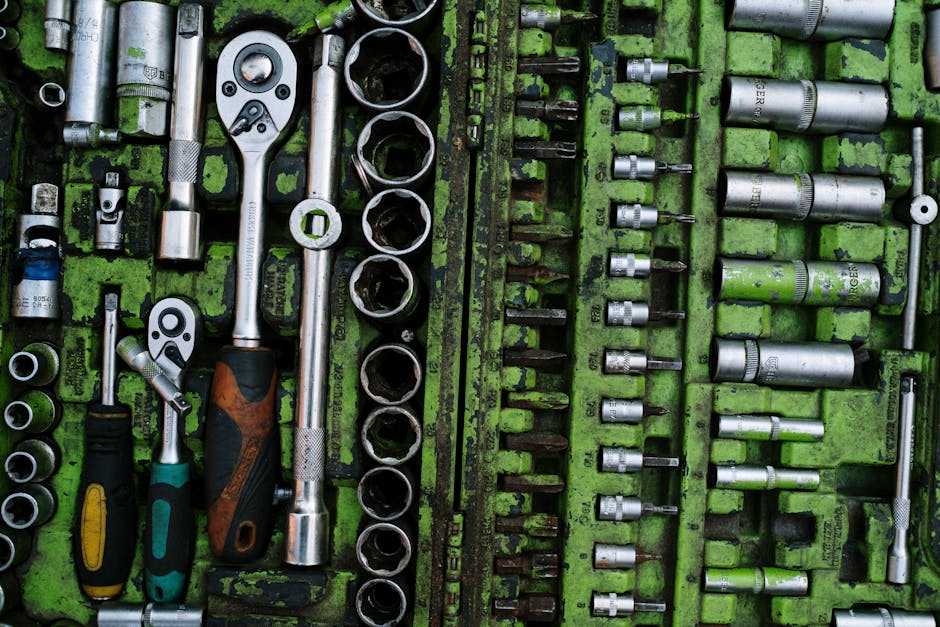DNA Extraction Protocol
DNA extraction is a crucial step in various scientific disciplines, including genetics, biotechnology, and forensics. A welldefined DNA extraction protocol ensures the isolation of highquality DNA for downstream analysis. In this section, we will outline a comprehensive DNA extraction protocol with detailed steps and techniques to maximize DNA yield and purity.
Materials Required
Before proceeding with the DNA extraction process, gather the following materials:
Fresh tissue samples (e.g., blood, plant leaves, animal tissues) Enzymes (e.g., Proteinase K) Buffer solutions (e.g., lysis buffer, wash buffer) Phenol:chloroform:isoamyl alcohol Isopropanol Ethanol RNase A Microcentrifuge tubes Centrifuge Water bath or incubator Pipettes and tips
DNA Isolation Process
The DNA isolation process involves several key steps to lyse cells, remove proteins and RNA, precipitate DNA, and ultimately purify the genetic material. Follow the stepbystep guide outlined below while incorporating the placeholder in the dna isolation process as indicated:
- Sample Preparation:
Begin by collecting fresh tissue samples and placing them in microcentrifuge tubes. Add the lysis buffer containing the placeholder in the dna isolation process to the samples. Incubate the samples at the specified temperature in a water bath or incubator to facilitate cell lysis and release DNA.
- Protein and RNA Removal:
After cell lysis, add Proteinase K to the samples to digest proteins and RNase A to degrade RNA contaminants. Mix the samples thoroughly and incubate them at the recommended temperature to ensure complete enzymatic digestion. Following digestion, perform a phenol:chloroform:isoamyl alcohol extraction to remove proteins and other cellular debris from the DNA solution.
- DNA Precipitation:
Transfer the aqueous phase containing the DNA to a new tube and add isopropanol to precipitate the DNA. Gently invert the tube to facilitate DNA precipitation and centrifuge the sample to pellet the DNA at the bottom of the tube. Carefully remove the supernatant and wash the DNA pellet with ethanol to remove residual contaminants and salts.
- DNA Purification:
Dissolve the DNA pellet in an appropriate buffer solution to ensure DNA stability and prevent degradation. Measure the DNA concentration and purity using a spectrophotometer or other quantification methods. Store the purified DNA at the recommended temperature until further analysis or downstream applications.
Quality Control and Troubleshooting
After completing the DNA extraction protocol, perform quality control checks to assess the yield and purity of the isolated DNA. Use agarose gel electrophoresis, PCR amplification, or sequencing techniques to verify the integrity and authenticity of the extracted DNA. Additionally, troubleshoot any issues that may arise during the extraction process, such as low DNA yield, contamination, or degraded DNA, by adjusting the experimental conditions or repeating specific steps.
By following this optimized DNA extraction protocol with meticulous attention to detail and precision, researchers can obtain highquality DNA samples suitable for a wide range of genetic analyses and molecular biology experiments. Remember to adapt the protocol to different sample types and research objectives while maintaining consistency and rigor in each experimental procedure.

 Danielo Fleischeronic is the visionary founder of Awesome Football Network, a premier destination for in-depth football coverage and analysis. His commitment to the sport is reflected in the platform's rich content, which includes breaking news, match analyses, and expert commentary. Danielo’s extensive knowledge and passion for football drive the network’s mission to provide fans with the latest insights and updates from around the world.
In addition to his role as founder, Danielo is also an accomplished article writer. His writing covers a broad spectrum of football-related topics, from tactical breakdowns to player profiles, offering readers a comprehensive understanding of the game. Through his work, Danielo aims to enrich the football experience for enthusiasts and professionals, making Awesome Football Network a trusted resource in the football community.
Danielo Fleischeronic is the visionary founder of Awesome Football Network, a premier destination for in-depth football coverage and analysis. His commitment to the sport is reflected in the platform's rich content, which includes breaking news, match analyses, and expert commentary. Danielo’s extensive knowledge and passion for football drive the network’s mission to provide fans with the latest insights and updates from around the world.
In addition to his role as founder, Danielo is also an accomplished article writer. His writing covers a broad spectrum of football-related topics, from tactical breakdowns to player profiles, offering readers a comprehensive understanding of the game. Through his work, Danielo aims to enrich the football experience for enthusiasts and professionals, making Awesome Football Network a trusted resource in the football community.
